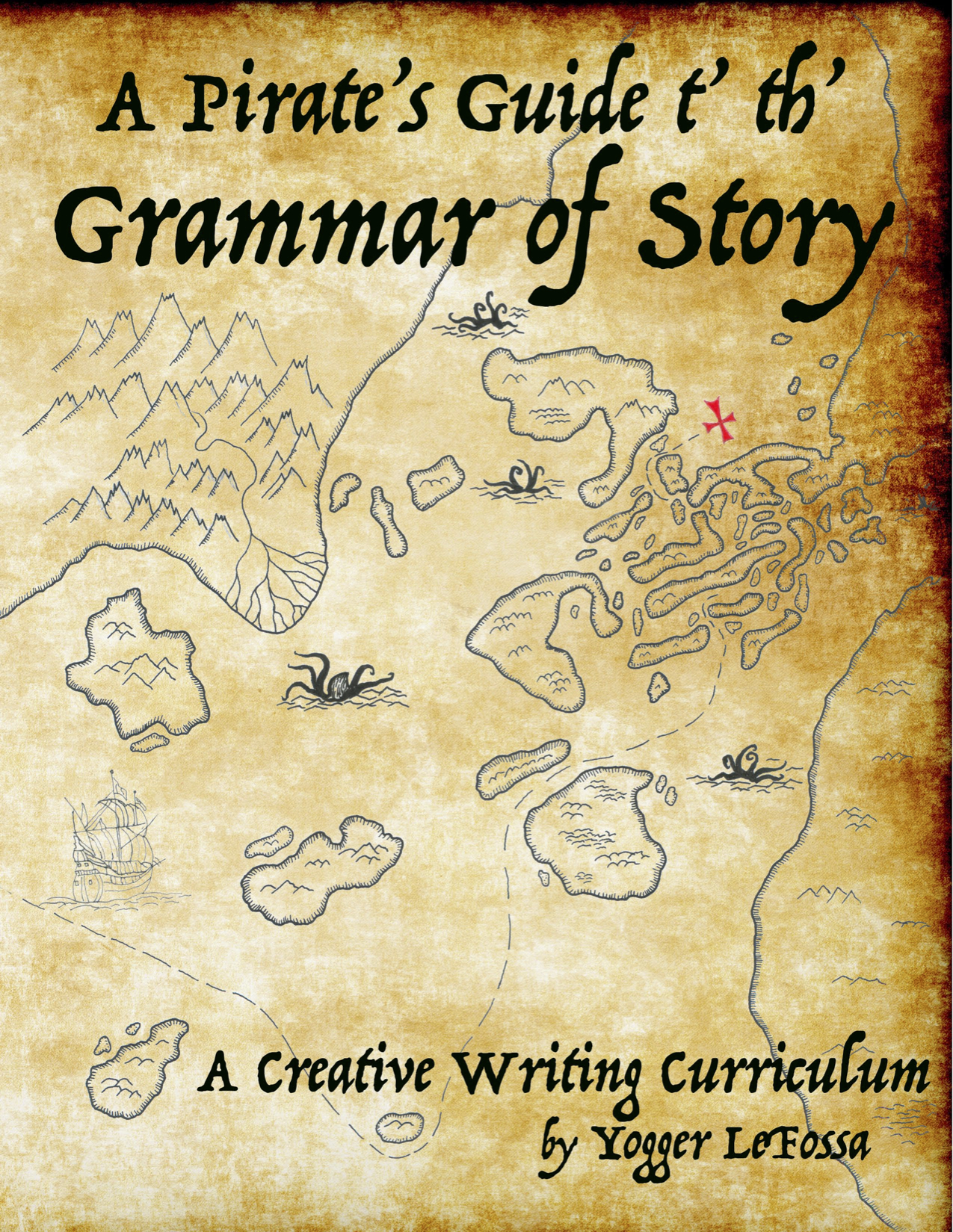From Overwhelmed to I CAN do This!
// Filed in: How To | Start Here
The approach that Chris found, after years of working with professional storytellers, is actually pretty simple and straightforward. It’s as simple as giving someone a very narrow and specific thing, and asking them a question. For example, you could ask your child: “if you are a sea creature, what sort of sea creature would you be?” You could even limit their options further by suggesting: “would you be a dolphin, a shark, a whale, a salmon, or a sea monster?” In doing this, we ask a specific question, and then give a limited list of options to choose from. So much easier than saying, here’s a blank sheet of paper, write! It’s something they can do, a question they can easily answer.
Once they’ve chosen a sea creature, you can ask deeper questions about it. For example, “where does the dolphin like to swim? Does it swim in waves in the ocean? Does it live in the Pacific or the Atlantic Ocean?” Keep asking questions, building on the answers they’ve already given. “What kind of food does the dolphin like to eat in the Pacific Ocean, after it swims it the waves? Does it have any friends? Does it swim alone or with a group of other dolphins?”
In this way, you are giving your child very specific things to answer. The questions are very limited, and it is within their ability to be creative, instead of giving them a blank slate and telling them to write whatever they want to write.
This is our general philosophy around teaching creativity and specifically creative writing. Therefore, the curriculum that Chris designed is structured somewhat in this way. He took the writing of a story, and broke it down into its pieces. These pieces are what we call the Grammar of Story.
Once they’ve chosen a sea creature, you can ask deeper questions about it. For example, “where does the dolphin like to swim? Does it swim in waves in the ocean? Does it live in the Pacific or the Atlantic Ocean?” Keep asking questions, building on the answers they’ve already given. “What kind of food does the dolphin like to eat in the Pacific Ocean, after it swims it the waves? Does it have any friends? Does it swim alone or with a group of other dolphins?”
In this way, you are giving your child very specific things to answer. The questions are very limited, and it is within their ability to be creative, instead of giving them a blank slate and telling them to write whatever they want to write.
This is our general philosophy around teaching creativity and specifically creative writing. Therefore, the curriculum that Chris designed is structured somewhat in this way. He took the writing of a story, and broke it down into its pieces. These pieces are what we call the Grammar of Story.
blog comments powered by Disqus
